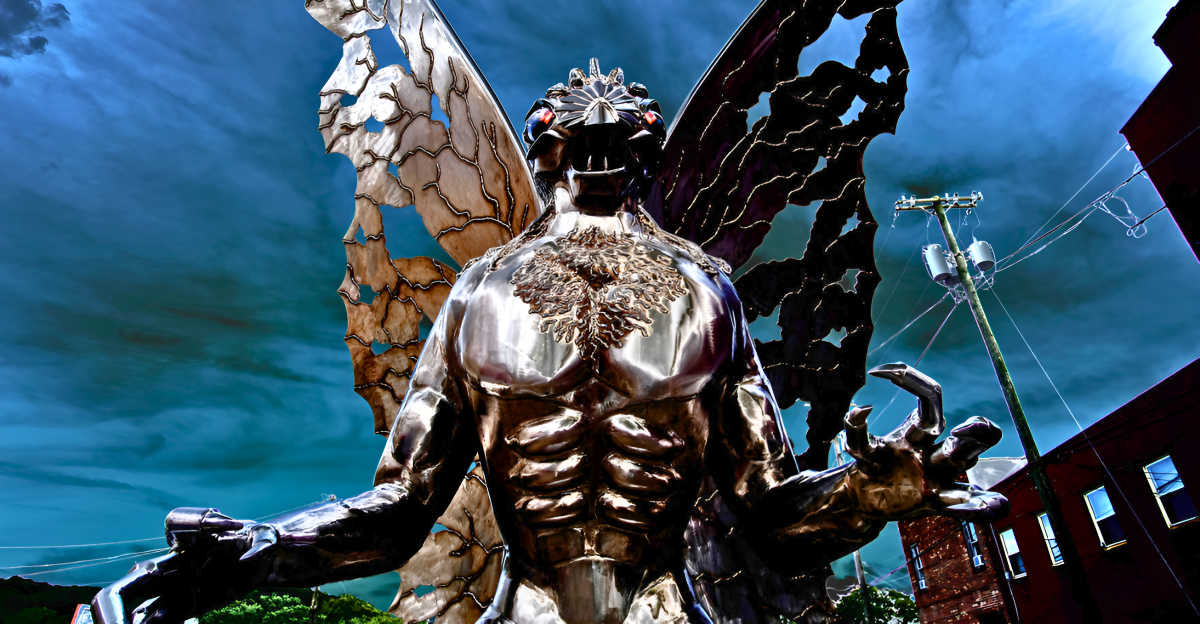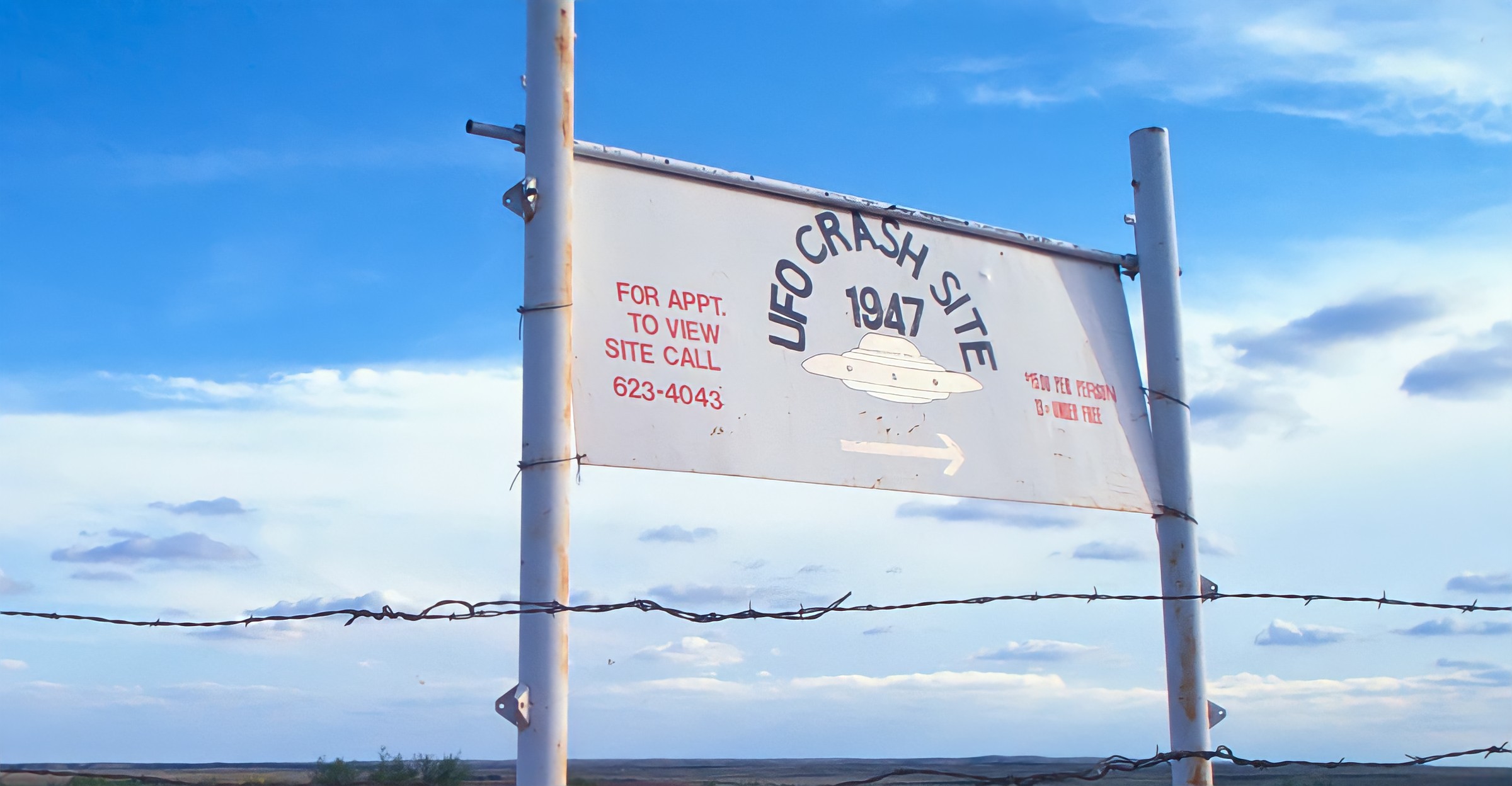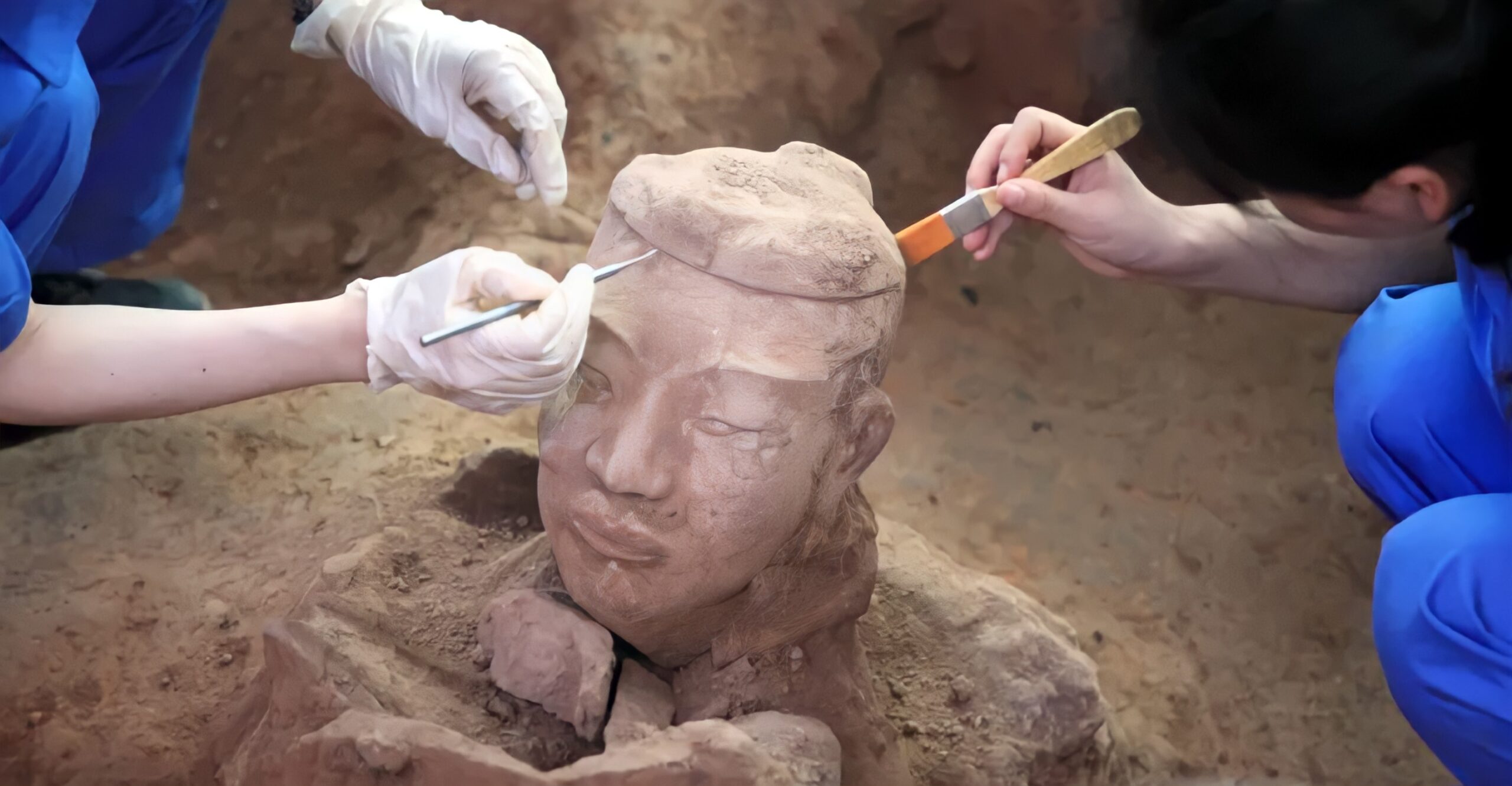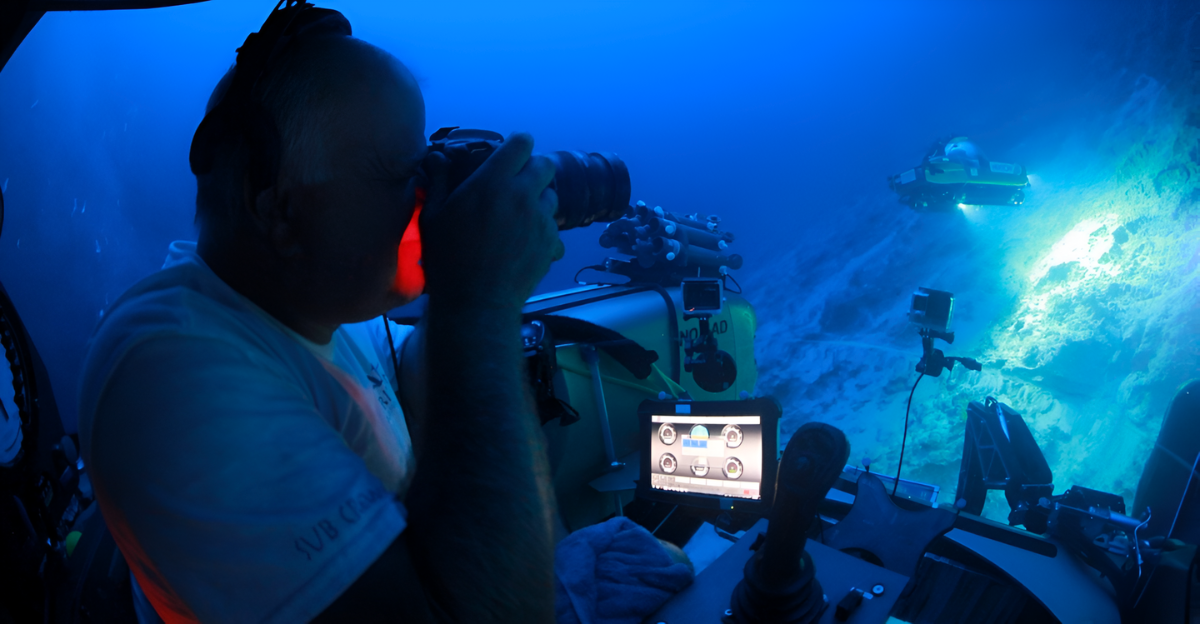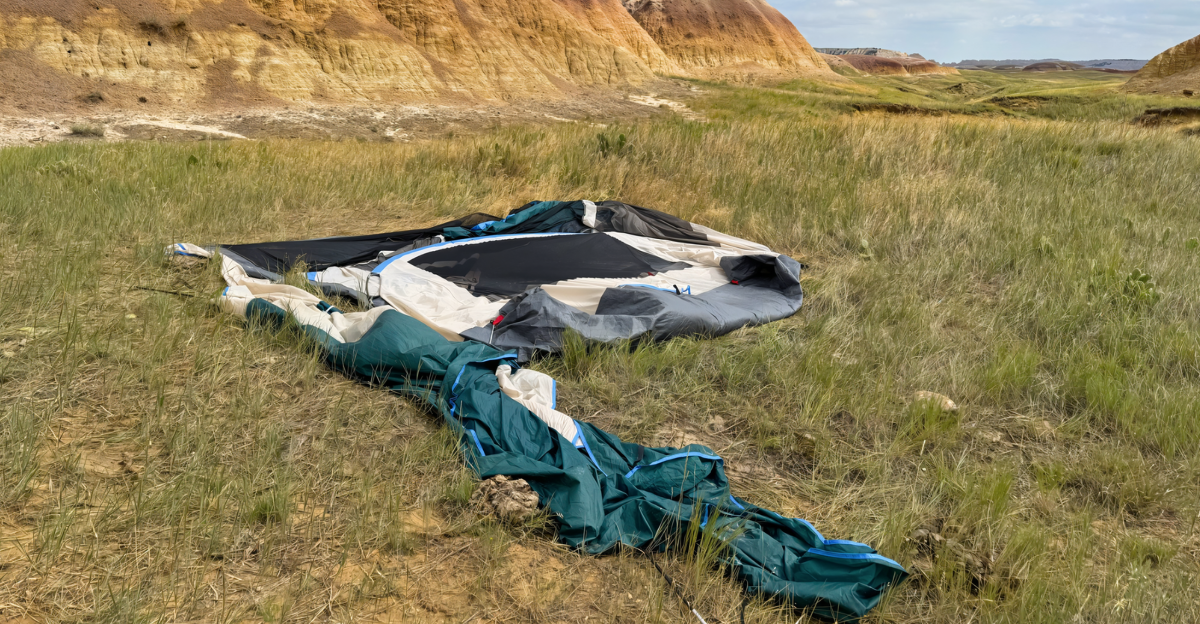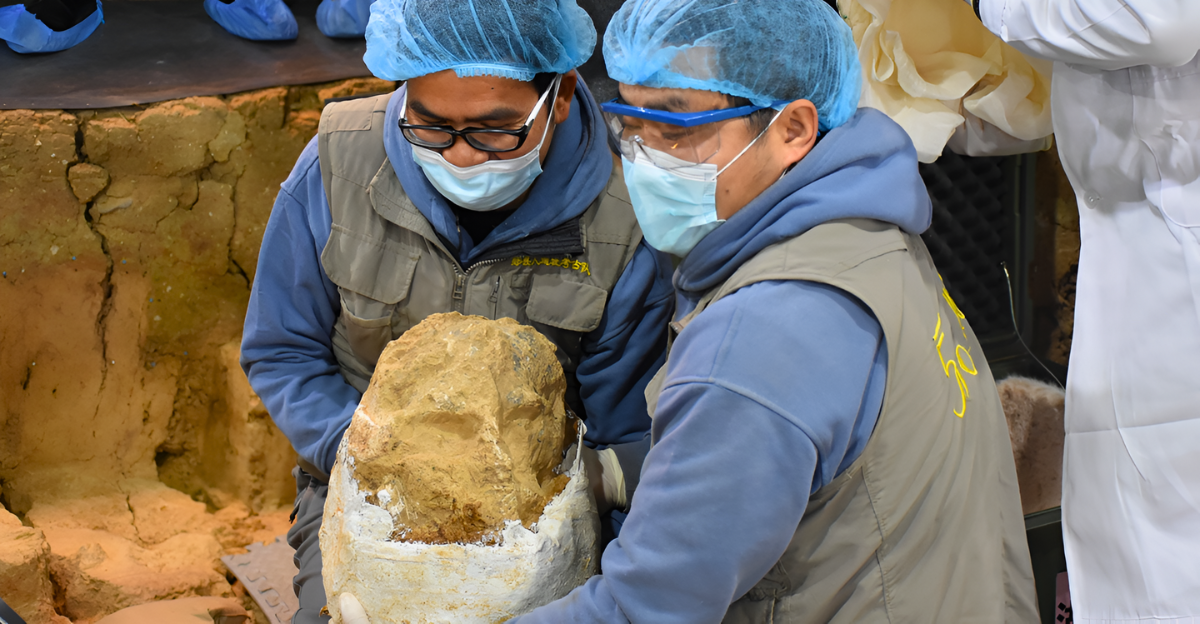
Human history is a puzzle, and for decades, the Denisovans were its most elusive piece. Until recently, all we knew of them was the little we learned from a few teeth and a finger bone, leaving us to wonder who these ancient relatives really were.
The discovery of the first near-complete Denisovan skull, known as the “Dragon Man”, didn’t just fill a gap, it set off a chain of revelations that forces us to rethink what we thought we knew about our own origins and sent out ripples across science, culture, and our shared history.
The Hidden Treasure: Discovery of the Harbin Skull
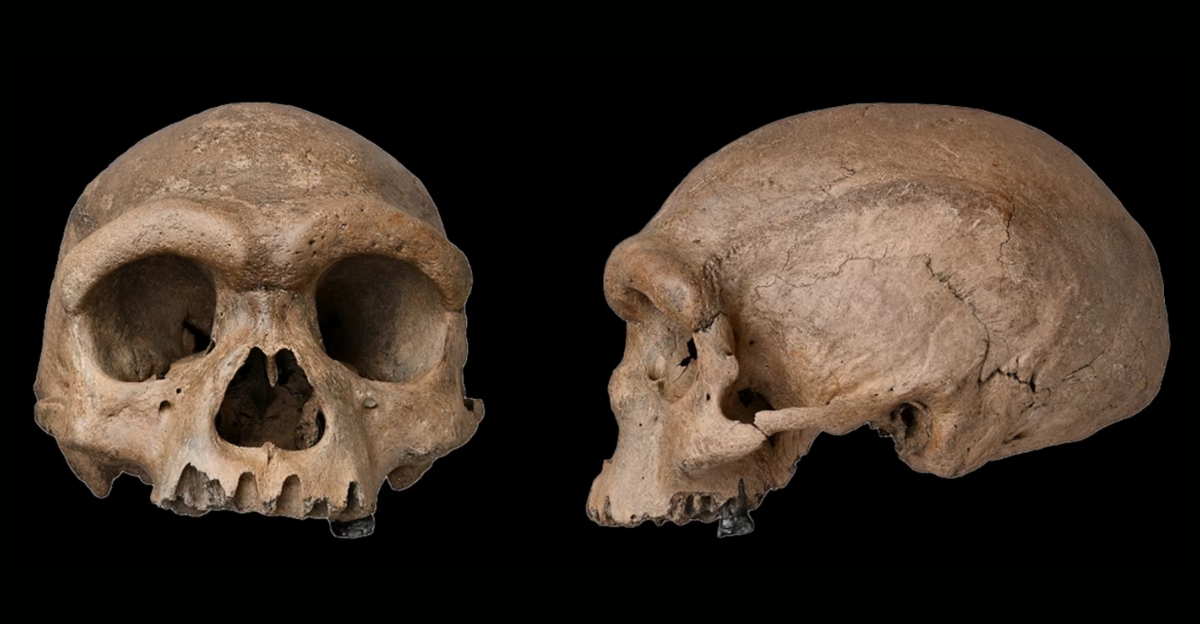
In 1933, a construction worker in Harbin, China, discovered a gigantic skull while working on a bridge. Afraid that his discovery would be taken away, he buried it in a well, where it remained undisturbed until his deathbed confession in 2018.
80 years later, when the skull was handed to Hebei GEO University by the worker’s family, it was evident: this was no ordinary fossil discovery.
Unlocking the Identity: Homo longi or Denisovan?
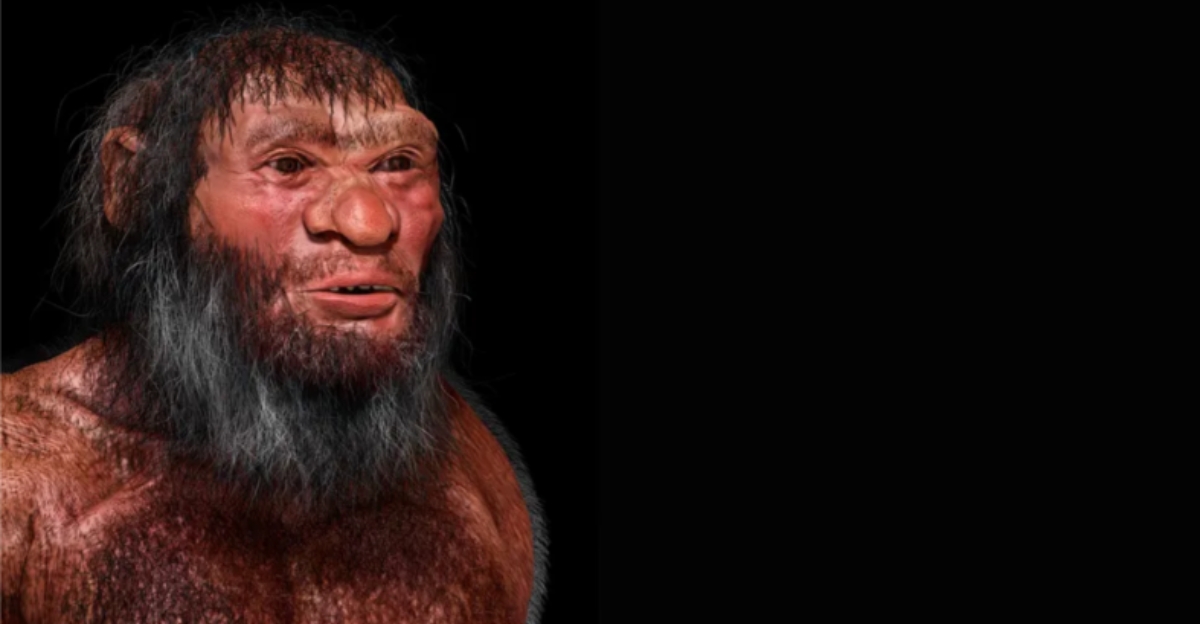
The Harbin skull, not scientifically described until 2021, had a thick brow and was larger in size, setting it apart from previously known human fossils. These features led scientists to announce a new species: Homo longi.
But this initial proposal ignited widespread controversy, and the question became: Was this Homo longi, or something else entirely? High-tech molecular studies silenced the debate.
A 2021 study published in The Innovation journal identified the Harbin skull as Denisovan, providing us with more information about the previously mysterious species.
Tracing Denisovan Origins: Out of Africa and Across Eurasia
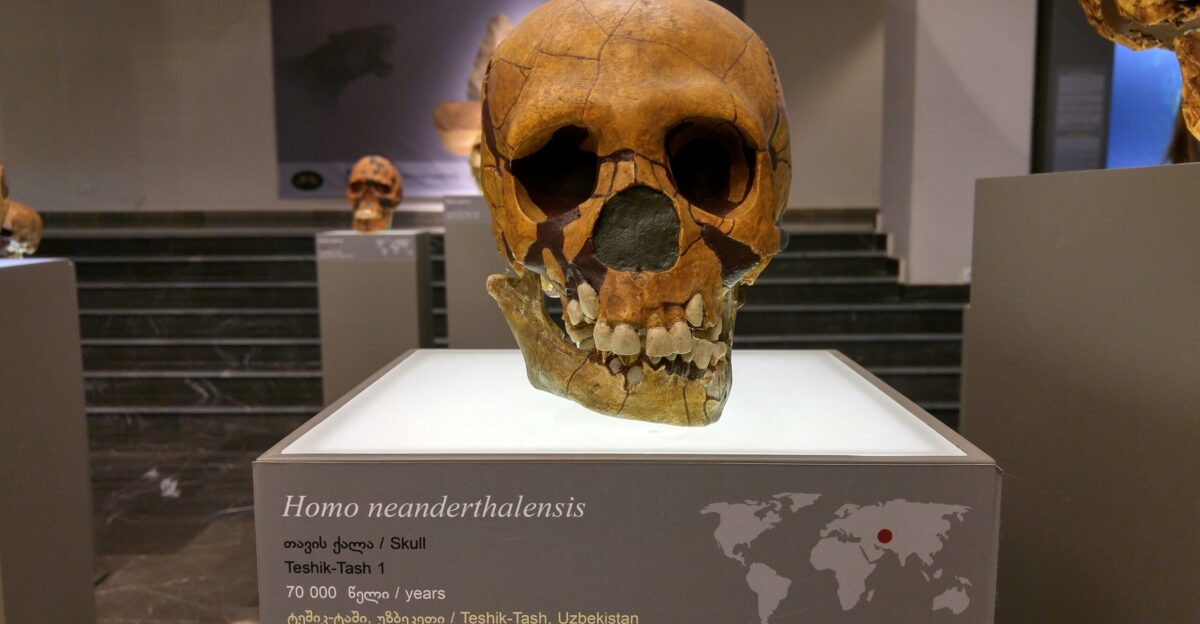
Denisovans, who lived alongside Neanderthals and Homo sapiens, are believed to have descended from a population of archaic humans, called Homo heidelbergensis, that migrated out of Africa around 700,000 years ago.
Splitting from their Neanderthal cousins in Eurasia, Denisovans moved eastward, eventually spreading throughout eastern and southern Asia.
Denisova Cave: The Birthplace of a New Human Lineage
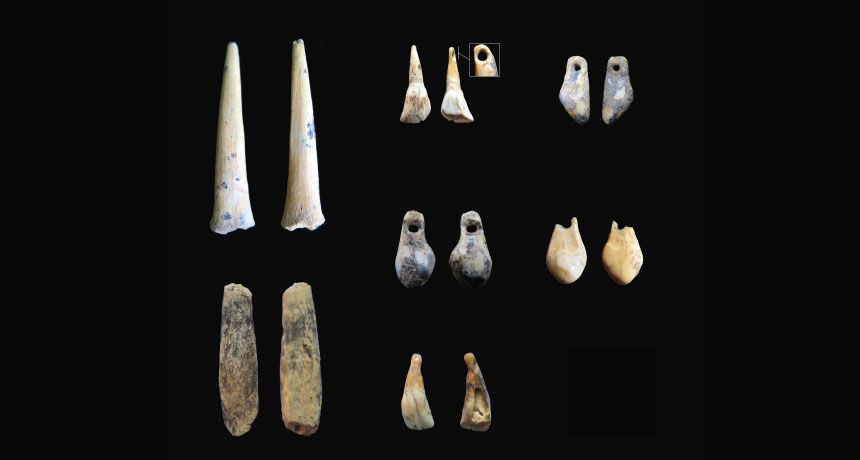
Denisova Cave, nestled in the Altai Mountains of Siberia, Russia, is one of the world’s most important paleoanthropological sites. In 2008, researchers discovered a finger bone here that, through DNA analysis, revealed a previously unknown group of ancient humans—the Denisovans.
It’s deep layers, dating back 280,000 years, have yielded stone tools, ornaments, and animal remains, illuminating a long history of human and animal occupation.
The Power of Ancient Molecules: DNA and Proteins

Ancient DNA is fragile and doesn’t usually survive outside of cold cave conditions. The DNA in the Harbin skull was studied, where scientists, from the Max Planck Institute, used proteomics to analyze 95 proteins present in dental calculus.
These protein “fingerprints” provided a genetic ID, confirming the connection to Denisovans and a new way of identifying fossils when DNA isn’t preserved.
The Technological Leap: Proteomics in Paleoanthropology
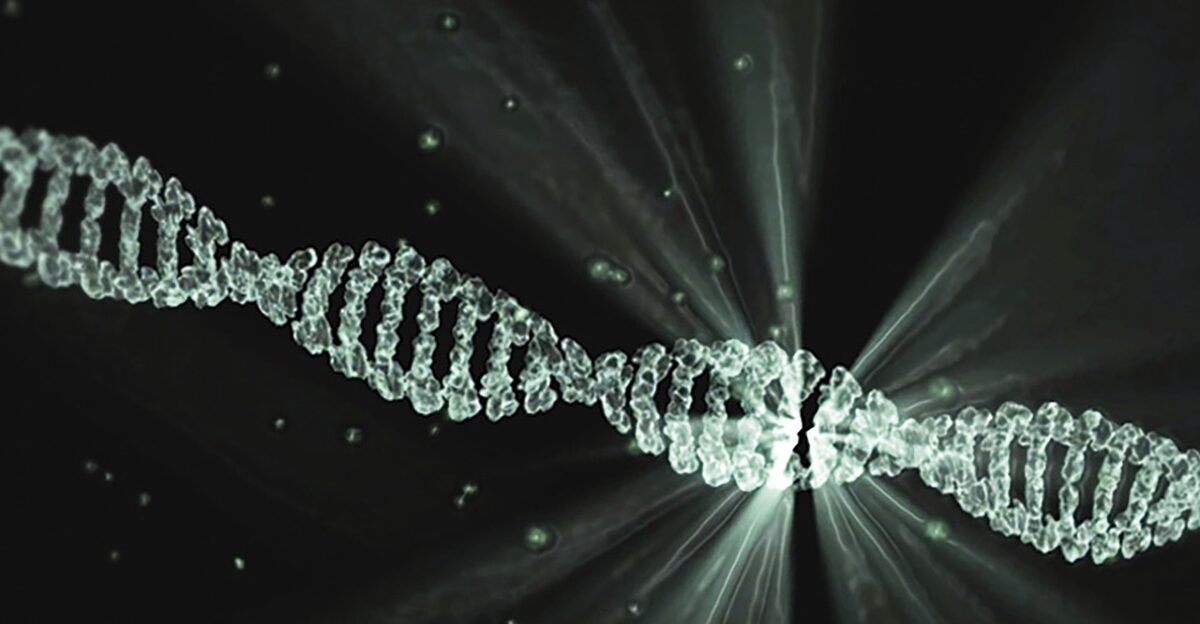
The discovery of the Harbin skull is a milestone in which proteins provided us with information that DNA could not. Now, scientists can use mass spectrometry and bioinformatics to extract evolutionary secrets from ancient teeth and bones.
This technological innovation is likely to lead to more breakthroughs, especially in the warmer climates where DNA is rarely preserved.
What Denisovans Looked Like: Morphology Revealed
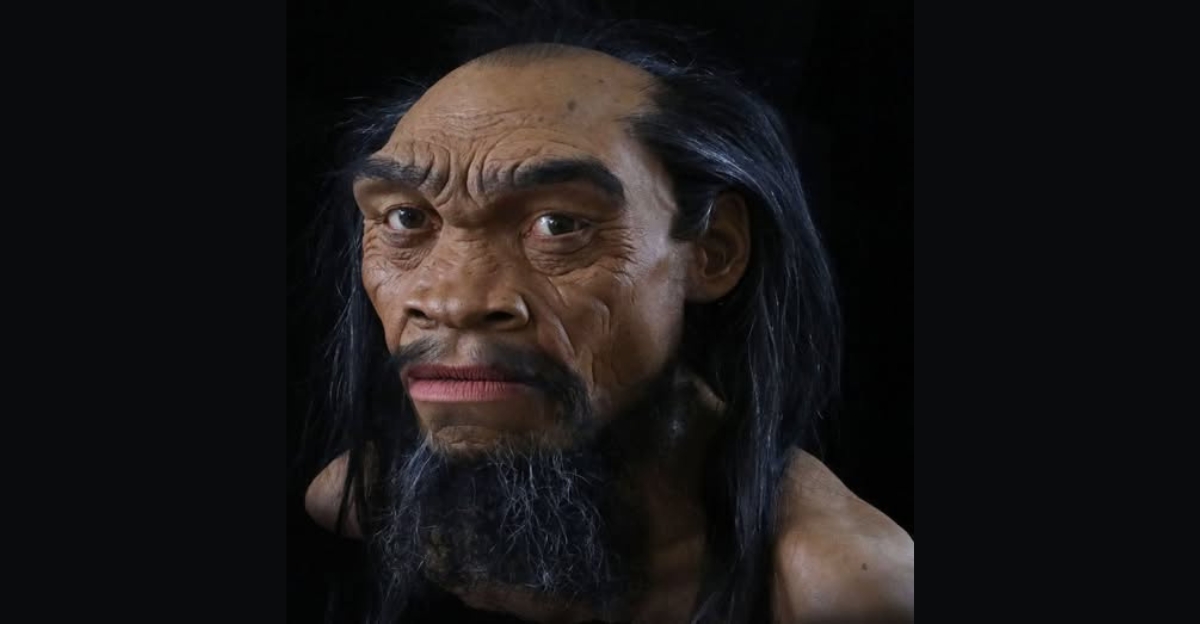
For the first time, scientists could answer the question: What did Denisovans look like? The Harbin skull revealed a broad, low face, prominent brow ridges, and enormous molars. By comparison, their skulls were heavier and wider than those of Neanderthals and modern humans.
Therefore, reconstructions suggest a robust, heavily built human, who likely has dark hair, eyes, and skin.
The Ripple Effect on Human Evolution Theories
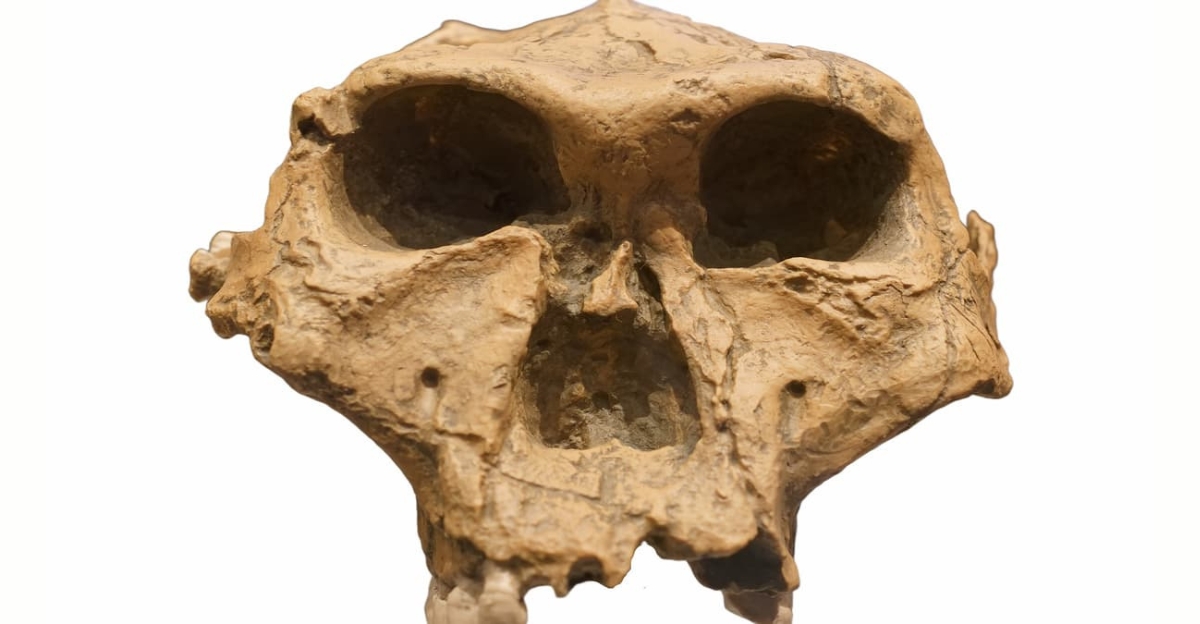
Connecting Denisovan DNA to a physical skull changes our understanding of earlier models of evolution. Human evolution isn’t linear and is in fact filled with instances of interbreeding and adaptation.
The Denisova skull illustrates that ancient populations had an impact on gene flow, which shaped the species we are now, forcing scientists to rethink species differentiation and our own origin story.
Twisted Branches: Denisovans and Their Human Relatives
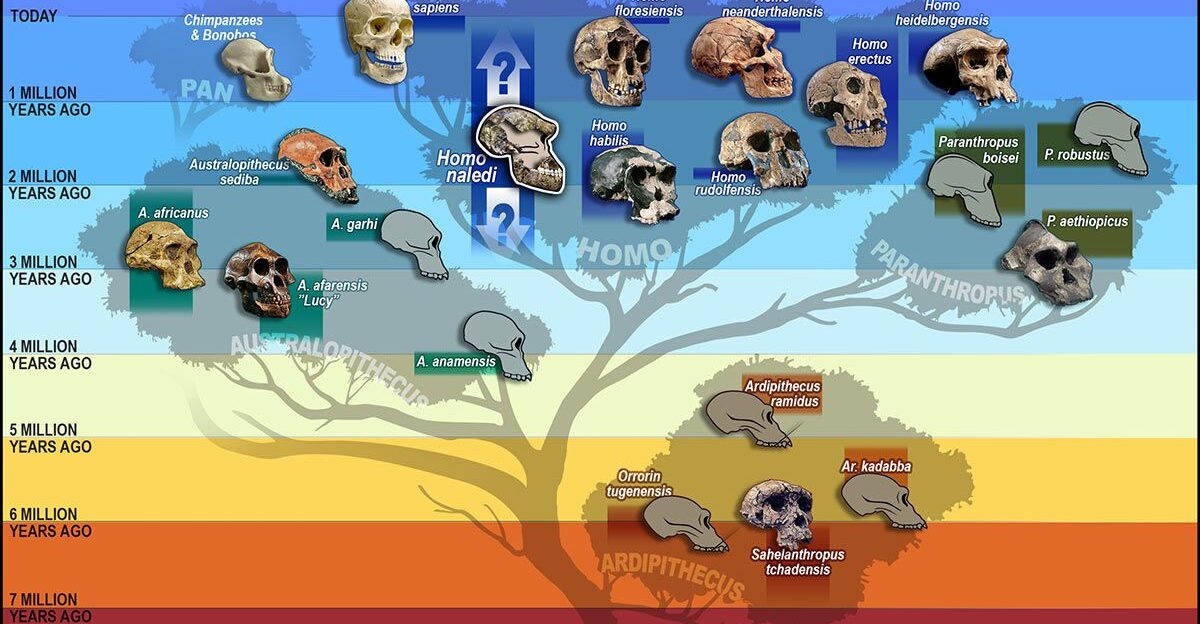
Denisovans, Neanderthals, Homo erectus, and Homo sapiens are distinct branches of the tree of human ancestry. Denisovans and Neanderthals are evolutionary cousins descended from Homo heidelbergensis, parting as they migrated around Eurasia, while Homo sapiens evolved in Africa.
Denisovans had robust features similar to Neanderthals but had their own unique characteristics. However, the three interbred, blurring species lines. Denisovans and Neanderthals developed sophisticated behaviors, leaving genetic legacies now found in contemporary humans.
Denisovan DNA contributes to traits found in modern-day populations, illustrating that human evolution is a braided river of migrations, adaptations, and surprising entanglements.
Denisovan DNA in Modern Humans
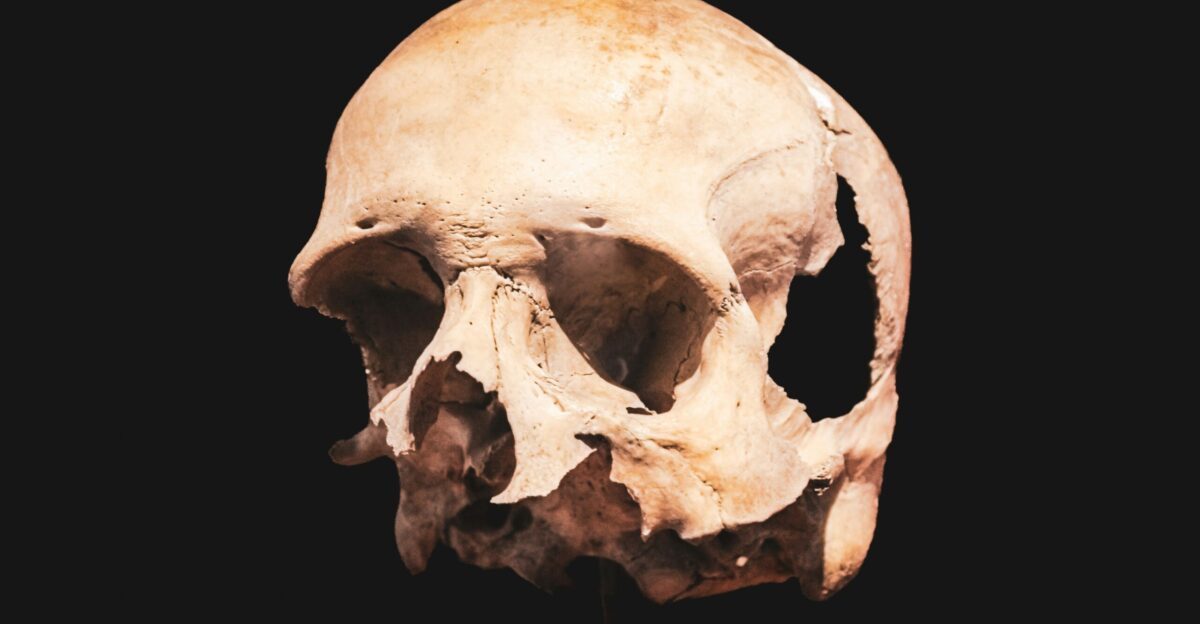
Now, existing populations in East Asia, Oceania, and even the Arctic carry Denisovan DNA, while the Papuans and Aboriginal Australians carry up to 5%. These genes influence traits from immune function to high-altitude survival, famously endowing Tibetans with the ability to survive on the “roof of the world.”
The Wide World of Denisovans: Geographic Range and Adaptations

Denisovans weren’t just Siberian cave men. The Harbin skull, which was found thousands of miles away from Denisova Cave, verified that they extended their presence from Siberia to Southeast Asia and Tibet.
This genetic history shows that they lived in diverse environments, from cold steppes to humid forests, enduring extremes that would challenge any modern human.
Unraveling the Denisovan Enigma: New Advances
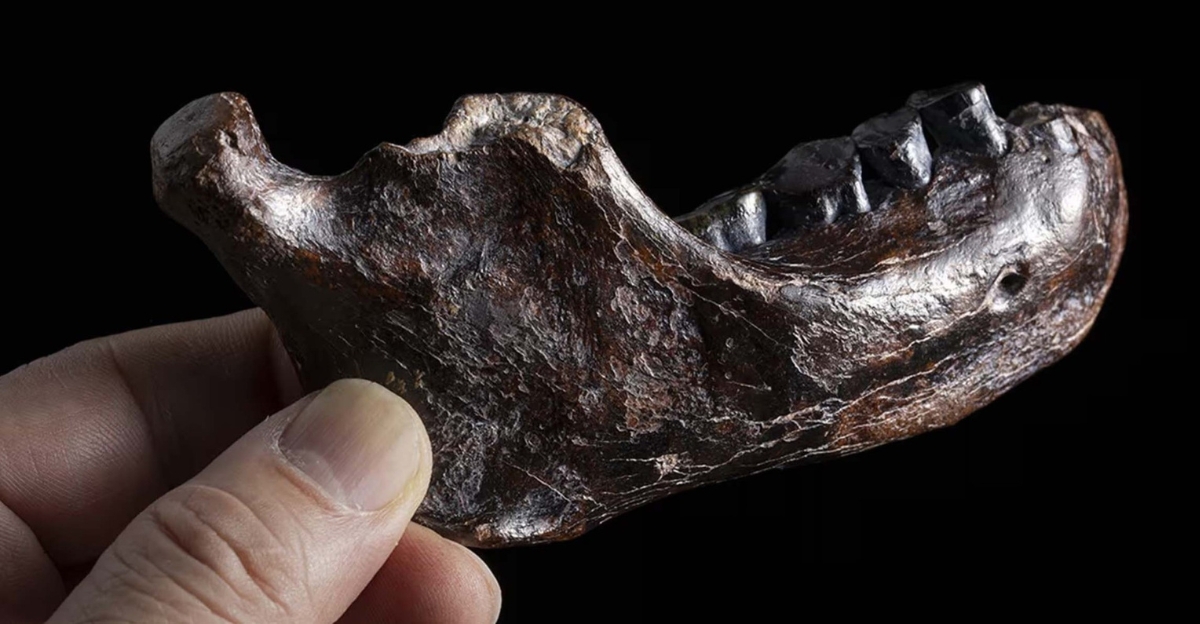
Archaeological discoveries in recent years have profoundly expanded the known range of Denisovan habitation.
Archaeology Magazine reported that in 2025, a team of international researchers from Denmark, Japan, and Taiwan, pulled a Denisovan jawbone from the ocean floor off the coast of Taiwan, marking the third region—after Siberia and the Tibetan Plateau—where Denisovan bones had been found.
The jawbone, which contained five teeth, belonged to a male who died between 130,000 and 190,000 years ago, reflecting the Denisovans’ vast reach in East Asia.
High-Altitude Survivors: The Tibetan Plateau Discovers
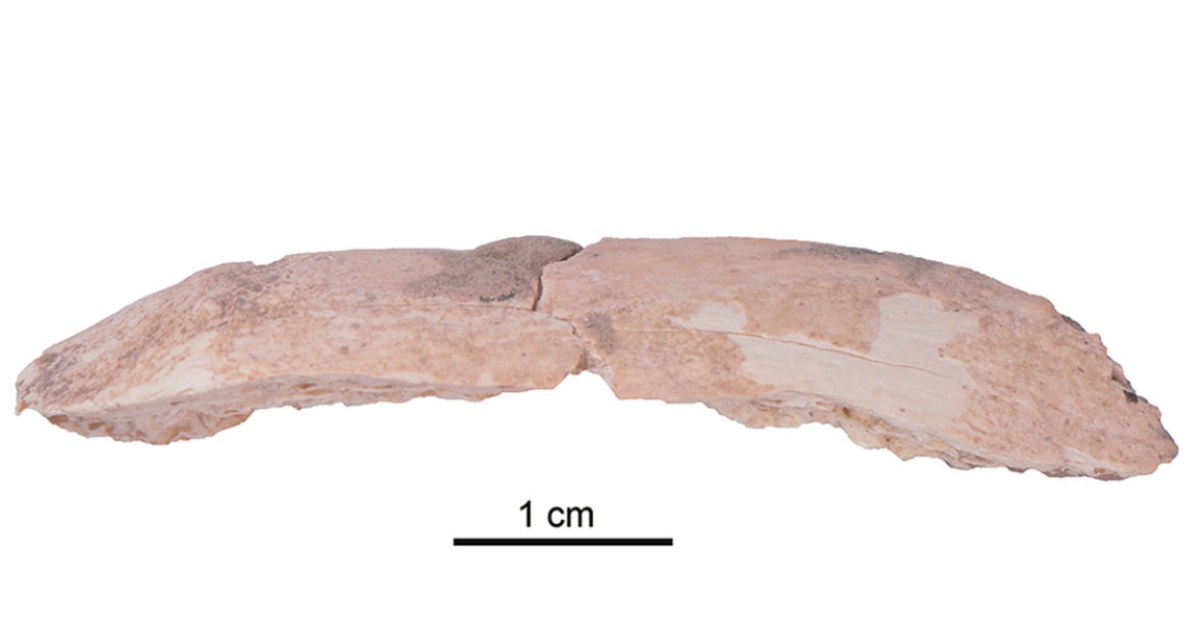
In 2024, a Denisovan rib bone was found in the Baishiya Karst Cave on the Tibetan Plateau by an international research team from Lanzhou University and the University of Copenhagen.
The rib, dating back to between 48,000 to 32,000 years ago, is now the youngest known Denisovan fossil and suggests that the ancient humans lived at high altitudes much longer than we expected.
These discoveries, coupled with the Harbin skull in China, have re-written the narrative from Siberian cave people to a society that thrived in diverse and challenging conditions.
Unveiling Denisovan Flexibility and Capability
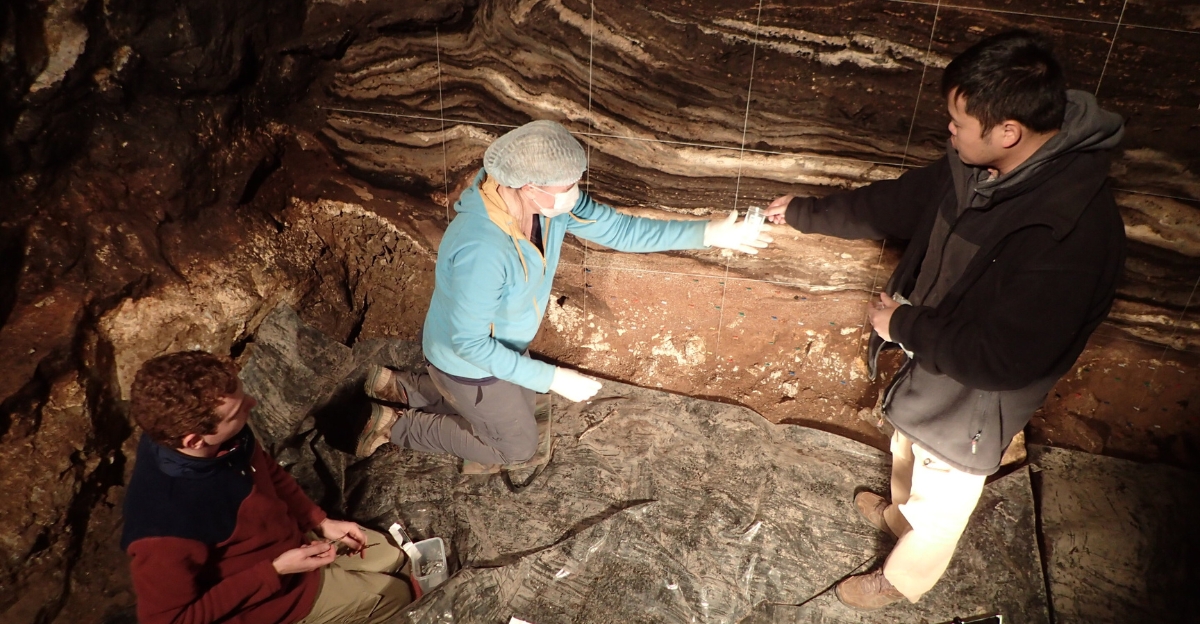
With each new find of Denisovans, another integral part of the puzzle is unraveled. The finds in Taiwan and Tibet revealed that Denisovans survived in a wide variety of environments, such as coastal lowlands and cold highlands.
Further, the analysis of animal bone and stone tools illustrates that Denisovans were effective hunters and toolmakers.
Beyond Expectations—The Long-Term Legacy of the First Denisovan Skull
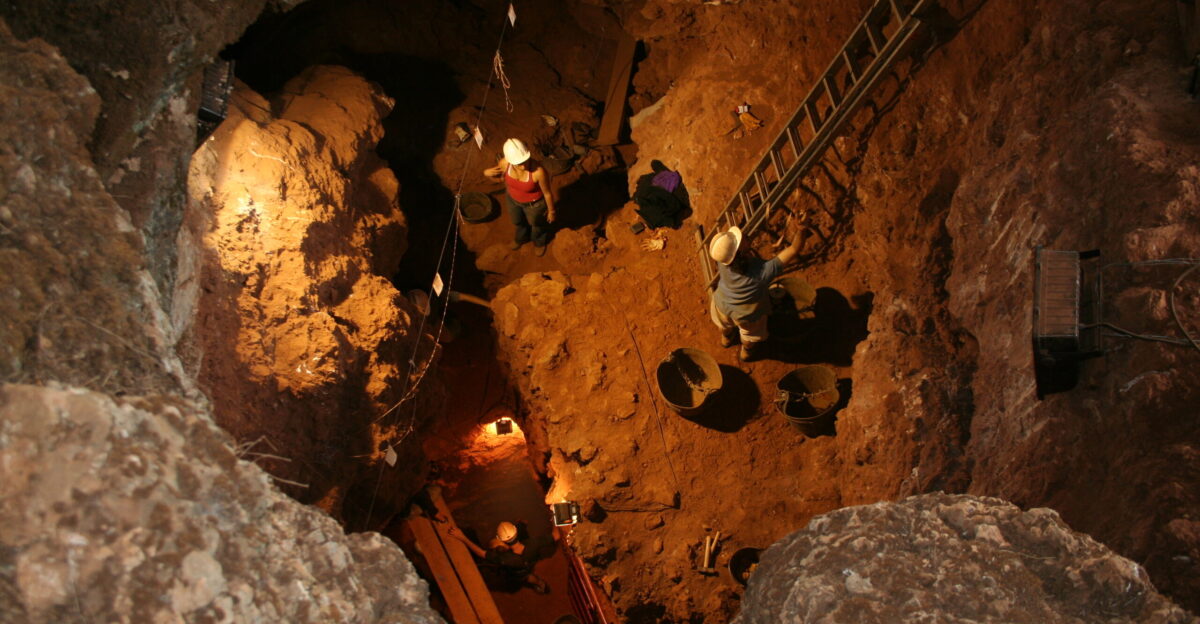
The first Denisovan skull not only answered ancient questions—it opened the floodgates to new ones. It’s a story of hidden secrets, scientific revelations, and the ongoing quest to understand ourselves. In the end, the “Dragon Man” tells us that the past can be full of surprises, and sometimes the truth is even more incredible than we’d hoped.

